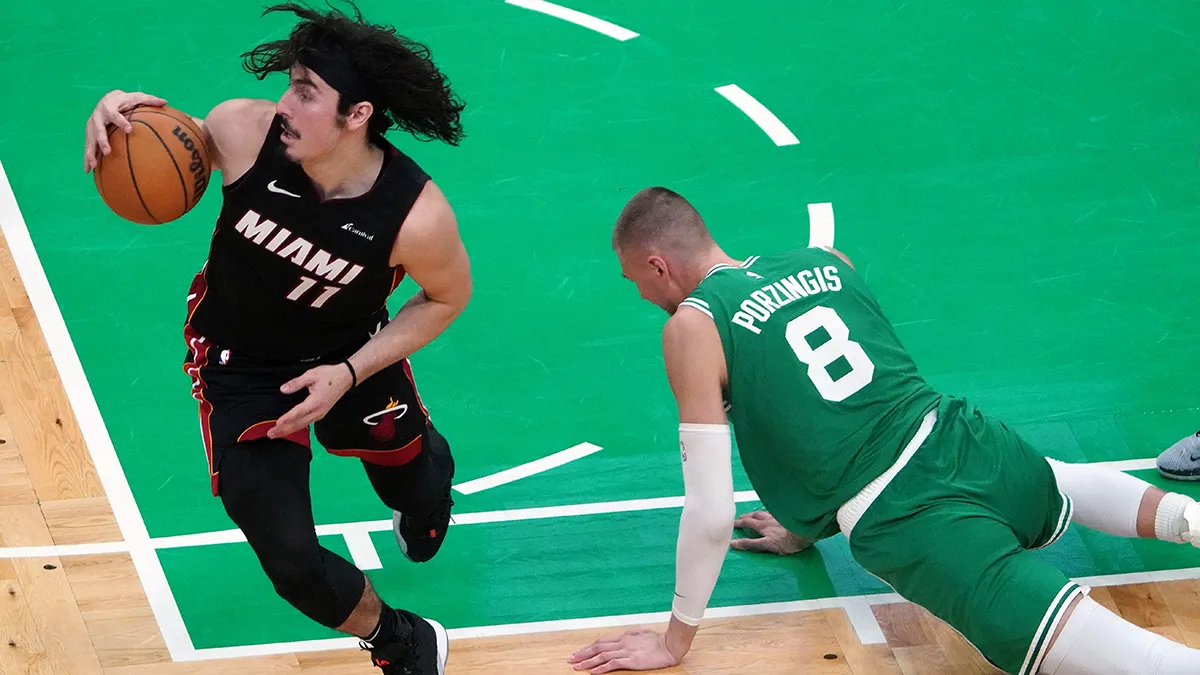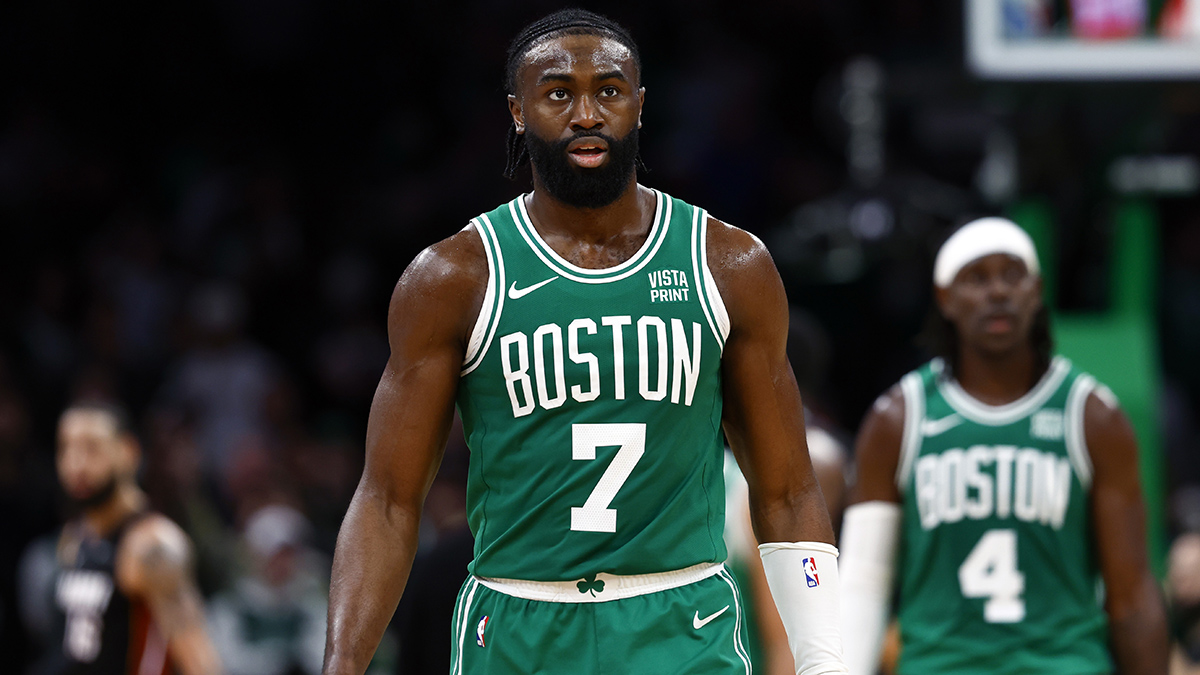LAS VEGAS – More than a decade ago, Kevin Durant came into the NBA with some concerns that he was too skinny to evolve into an elite small forward.
Today, the perennial All-Star and reigning NBA Finals MVP at times will play center.
And the Warriors’ starting power forward, Draymond Green, is often the one initiating the defending champs’ high-powered offense.
MORE CELTICS
- Rivers, Thibodeau expect smooth transition to Boston for Hayward
- Brown to host "Welcome to the NBA" party for summer leaguers
- Tatum should be in running for summer league MVP
- Ainge's blackboard: Who will be the Celtics starting five?
The NBA is very much a copycat league, and nowhere is this more obvious than the shift many teams have made – the Celtics included – to attempting to produce lineups void of specific position players.
“That’s been coming for a while,” said Doc Rivers, the former Celtics coach who now coaches the Los Angeles Clippers, in addition to being their president of basketball operations. “It started with the scoring point guards. It was point guards, pure point guards. We had a pure point guard ]in Rajon Rondo] but all these other teams were starting to get scoring point guards. You could literally see it coming down the pike.”
Boston won more games (53) than any team in the East last season in part because of the Celtics' ability to play long stretches of position-less basketball that produced some atypical statistics.
Arguably their best passer on the team was 6-foot-10 Al Horford and, for most of the season, the team’s leading rebounder was 6-foot-2 guard Avery Bradley (now a member of the Detroit Pistons).
Last season was a good start in Boston’s quest to become a position-less basketball team.
But there’s plenty of work left to be done.
Their push towards becoming position-less has been ratcheted up in recent years, with the most recent additions coming via last month's draft in 6-8 Jayson Tatum (the No. 3 pick) and 6-7 Semi Ojeleye (37th)
In summer league games, we have seen both players display skills that have not typically been associated with players of their body types.
Tatum played primarily at power forward for Duke last season, but projects to play on the wing in the NBA and as we’ve seen thus far, can also facilitate the offense as a de facto point guard.
And Ojeleye, a standout at SMU after transferring from Duke a couple years ago, has shown his versatility more so on the defensive end by guarding both perimeter players as well as big men with surprisingly solid results.
But as we saw in Boston's past two summer league games, both wins, he can also be an effective catch-and-shoot guy as he knocked down a combined eight 3's.
Boston Celtics
“We’ve become more versatile as the years have gone on,” said Celtics coach Brad Stevens. “We entered the playoffs a couple years ago, we only had a couple guys who could really swing that 3 [small forward] and 4 [power forward] spot. Being able to slowly add the right guys. You look at a guy like Jaylen [Brown], you look at a guy like Jayson [Tatum], you look at Semi Ojeleye, those guys have the body to do it.”
Unfortunately for the Celtics, they are not alone in the arms race to field teams with a high level of interchangeability.
“You look at our team, right now … we can have four guys on the floor that can handle the ball and bring the ball up the floor,” Rivers said. “That’s something that I want and I love that. I wish I could say we’re the only team that can do that. I also believe in size but it has to be versatile.”
The goal is to create mismatches, something that we’ve seen the Celtics do quite a bit of in summer league play; especially with Jaylen Brown and Tatum.
Brown utilizes his length and athleticism to blow past opponents or simply elevate over them while holding his own defensively.
Tatum’s footwork has made him a summer league nightmare to guard offensively. And with nearly a 7-foot wingspan, he has been able to contest shots at a relatively effective rate even when, like most rookies, he’s not where he always needs to be defensively.
While it’s clearly the direction most teams are headed, the goal isn’t to do it just to be trendy.
The goal is no different now than it was when teams tried to load up on size – to win games.
“If you’re gonna beat some of these teams, you’re going to have to stand out some other way,” Rivers said.
Added Stevens, “the way I look at it, you’re a ball-handler, a wing, a guy that can play 3 [small forward] or 4 [power forward] or you’re a big. I don’t have five positions anymore.”
Neither does the rest of the NBA, a league in which teams will continue to jockey for position with an ever-increasing emphasis on being as position-free as possible.


